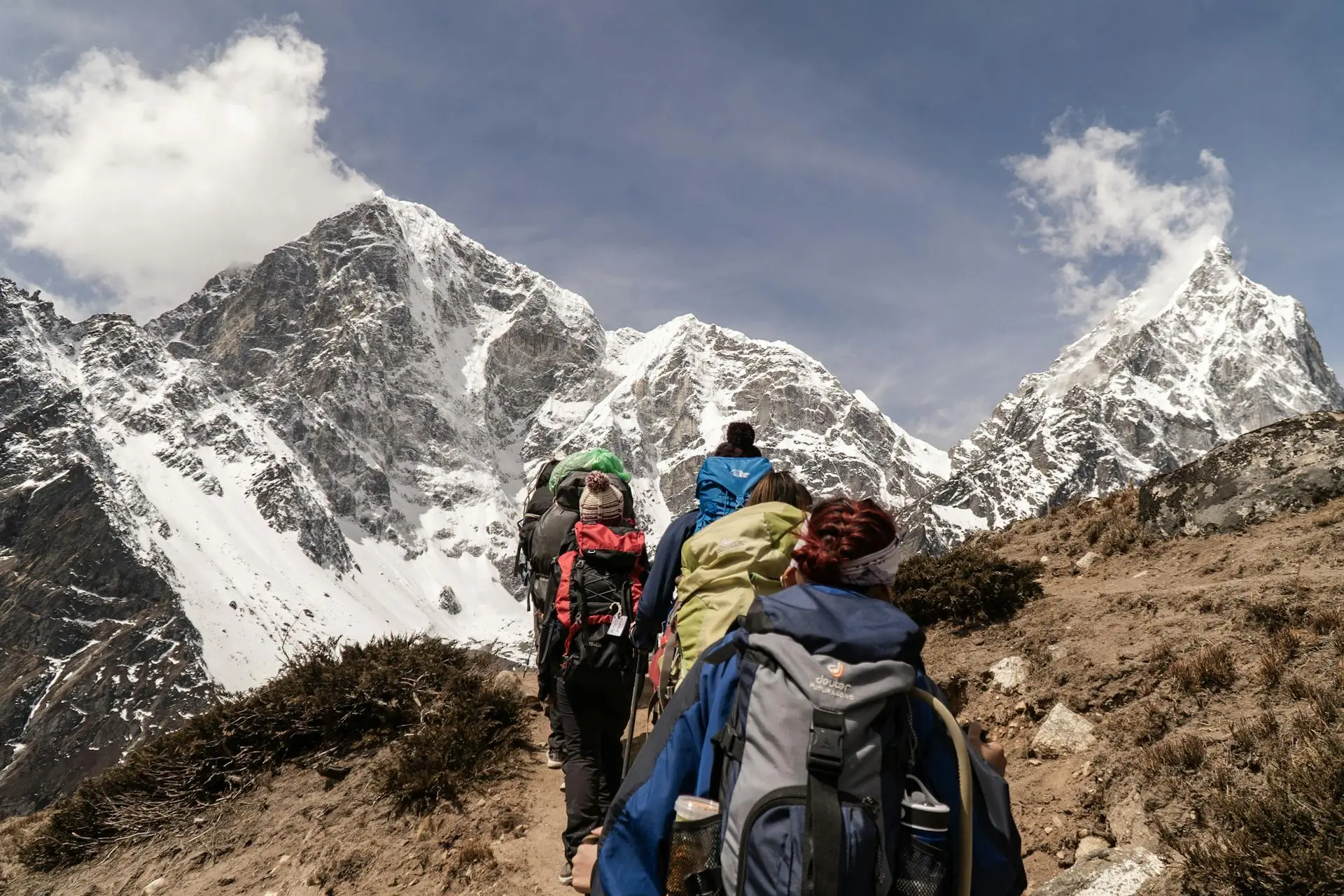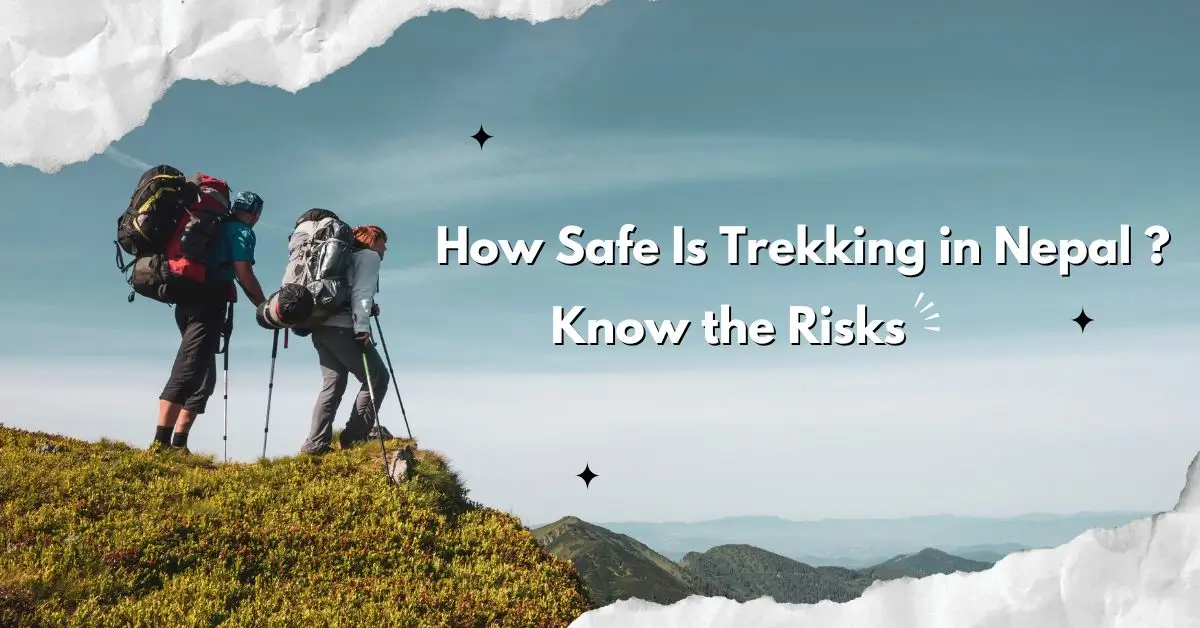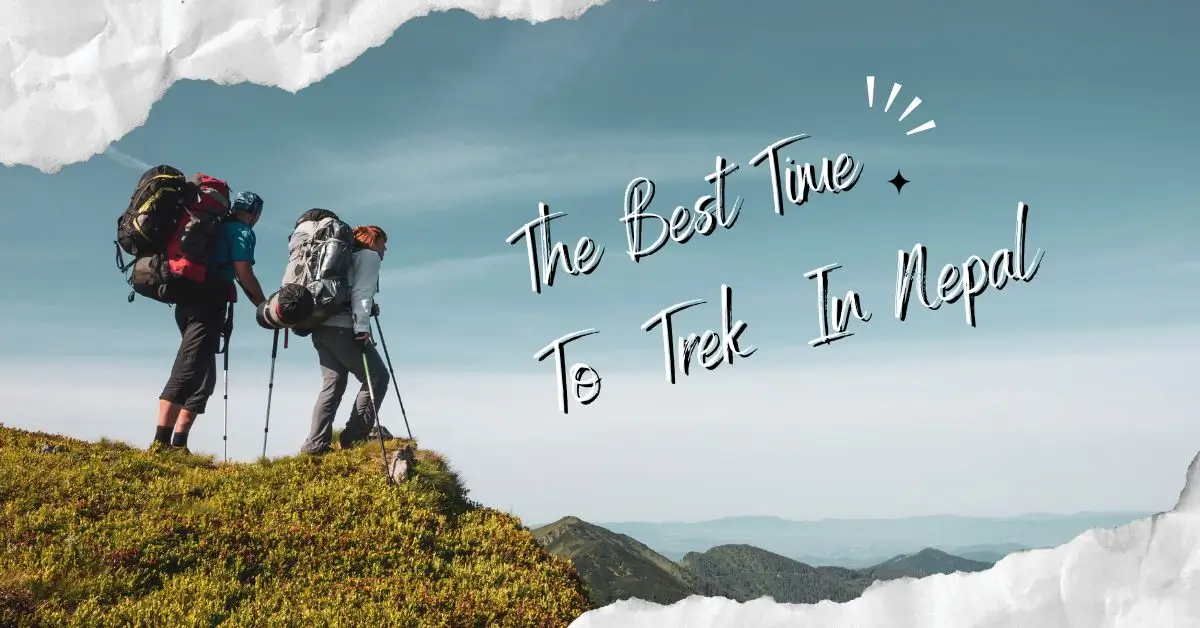Nepal trekking is every adventurer’s dream from all over the world. Boasting treks like the Everest Base Camp and the Annapurna Circuit, the country has some of the most breathtaking treks in the world. But for most first-time visitors, there is always one question: How safe is trekking in Nepal? The short answer is that Nepal trekking is very safe—provided you plan properly and carefully, prepare well, and follow required safety measures. Let’s consider the most significant information you need to know before starting your Himalayan adventure.
Is Nepal Trekking Safe?

So, How Safe Is Trekking in Nepal? Nepal has a reputation as being one of the world’s safest trekking destinations. Thousands of trekkers, ranging from beginners to experienced mountaineers, successfully complete treks in regions like Everest, Annapurna, Langtang, and Manaslu each year. Nepal is safer than most adventure travel destinations in terms of crime, hospitality, and trail maintenance.
That said, nature itself poses the biggest threats: altitude sickness, bad weather, and remote terrain. With the right preparation, though, these threats can be minimized.
Common Safety Concerns While Trekking in Nepal
Although trekking in Nepal is safe, travelers must be aware of threats:
- Altitude sickness on Nepal treks
Altitude sickness, or Acute mountain sickness (AMS), is the most common danger. Gradual ascent and acclimatization are vital. Proper hydration, rest days, and awareness of symptoms like headaches, nausea, or dizziness can prevent serious illness.
- Weather hazards
Monsoon may trigger landslides, while winter shuts off high passes under snow. Checking forecasts and avoiding high-risk periods is crucial. Experienced guides often plan treks to avoid dangerous weather conditions.
- Trail conditions
Some trails are remote with less medical access. Trekking in well-populated routes or carrying a satellite communication device improves safety.
- Wildlife encounters
Although dangerous animals are sparse, trekkers should still watch out for yaks, leeches (during monsoon), and feral dogs. Most wildlife encounters are harmless if caution is exercised.
- Emergency response
Helicopter rescue is feasible but requires proper travel insurance. Many trekkers underestimate the need for insurance, but having coverage ensures access to medical evacuation if necessary.
If you’re still asking yourself, “How safe is trekking in Nepal when it comes to natural hazards?” the answer is: risks exist, but they can be managed with the right knowledge and preparation. Knowing what to expect is half the battle, and preparation makes trekking in Nepal more enjoyable than stressful.
Trekking With or Without a Guide: Which Is Safer?
Solo trekking in Nepal used to be very popular, but regulations are changing. Certain regions now require a licensed guide for safety reasons.
- With a guide
You benefit from local knowledge, route navigation, cultural information, and immediate help in case of emergencies. Guides also carry first aid kits and know how to access medical help quickly. Their experience can help you avoid mistakes that even seasoned trekkers sometimes make.
- Without a guide
Cheaper and more spontaneous, but more dangerous if you’re inexperienced. Trekking alone requires excellent navigation skills, knowledge of altitude sickness, and preparedness for sudden weather changes.
For beginners, trekking with a guide or porter is the safer choice. When readers ask, “How Safe Is Trekking in Nepal without a Guide?” —the answer is simple: guided trekking is almost always safer. Even for experienced trekkers, hiring a guide adds peace of mind in case of emergencies.
Safety of Popular Trekking Trails
Not all Nepal trekking trails are equal when it comes to safety:
- Everest Base Camp Trek Safety
Well-trodden path, numerous lodges, reliable rescue services. Dangers: altitude and freezing temperatures. Even on busy trails, weather can change quickly, so being equipped with layered clothing is important.
- Annapurna Trek Safety
One of the safest treks due to accessibility, better infrastructure, and reduced exposure to extreme altitude. Local tea houses provide comfortable overnight stays, making rest and acclimatization easier.
- Langtang Valley
is simpler for beginners, but landslides during monsoon can be an issue. Trekkers are advised to check recent trail conditions and avoid the peak rainy season.
- Manaslu & Mustang
Less crowded and more remote, but requiring more experience and the right permits. Emergency help is slower, so preparation and local guidance are crucial.
So, how safe is trekking in Nepal in different regions? The more popular areas like Annapurna and Everest are much safer due to their infrastructure, while remote treks require extra caution. Travelers should balance adventure with preparedness for less-traveled regions.
Political and Social Safety in Nepal
Socially, Nepal is a very safe country for trekkers. Locals are famous for their hospitality, and crime is virtually unheard of in trekking areas.
For solo female travelers, Nepal is quite safe, especially on popular trails where there are lots of trekkers, tea houses, and guides. Usual travel caution should still be taken.
This leaves us with the majority of tourists asking, “How safe is trekking in Nepal for solo female travelers?” While there is no place that is 100% risk-free, Nepal is one of the most women-friendly trekking nations in all of Asia.
Practical Safety Tips for Trekking in Nepal
For a safe and memorable trekking experience, heed the following advice:
- Best trekking season
Spring (March–May) and Autumn (Sept–Nov) offer the safest weather conditions. Trails are dry, and visibility for Himalayan views is excellent.
- Acclimatization
Include rest days at high altitude to avoid altitude sickness. Plan your itinerary to ascend gradually, especially above 3,000 meters.
- Travel insurance
Make sure it covers trekking above 4,000 m and emergency helicopter evacuation. Always carry a copy of your insurance and emergency contacts.
- Gear preparation
For a safe and comfortable trek, packing the right hiking equipment is essential. Be sure to include warm clothes designed for cold weather, sturdy trekking boots with good ankle support, a well-stocked first aid kit, and water purification tablets or filters to ensure safe drinking water. Layering your clothing is crucial because temperatures in the mountains can vary dramatically between day and night. Quality hiking equipment not only protects you from harsh weather but also enhances your overall trekking experience by improving comfort and safety.
- Stay in touch
Carry a local SIM (like Ncell) or rent a satellite phone for remote landscapes. Some lodges provide Wi-Fi, but signals can be inconsistent.
- Listen to your body
If you feel unwell, descend immediately. Recognizing early symptoms of altitude sickness can save lives.
If you are properly prepared, you will not remember to ask, “How Safe Is Trekking in Nepal?” but be thrilled about the great experience ahead of you.
Final Thoughts: How Safe Is Trekking in Nepal?
With proper planning, guided support, and an understanding of the dangers, trekking in Nepal is very safe and extremely rewarding.
From Everest to Annapurna, the trails are welcoming, well-trodden, and backed by local communities that have been welcoming trekkers for decades.
Alone or in a group, security is largely a matter of how well you prepare. Respect the mountains, acclimatize properly, and Nepal will repay you with one of the most unforgettable trekking experiences of your life.


